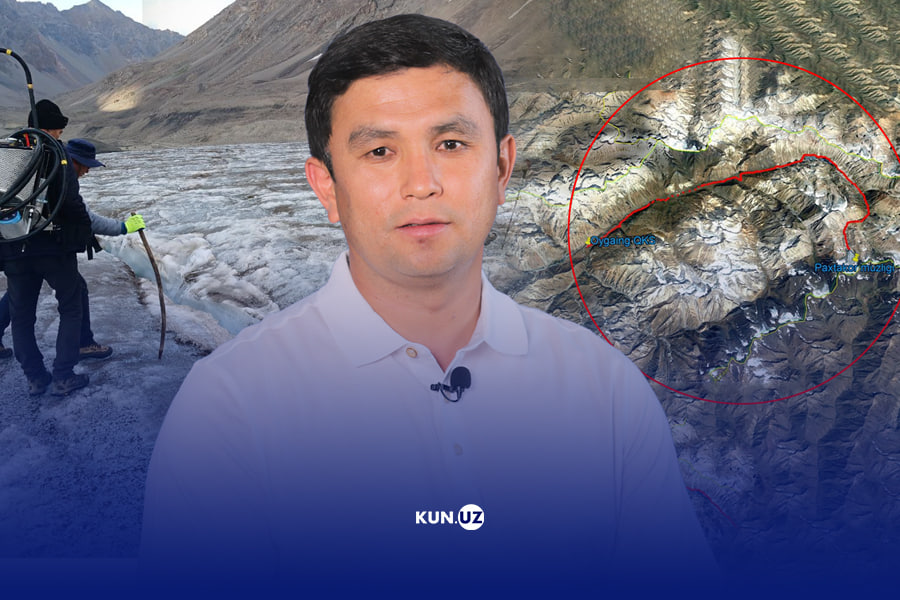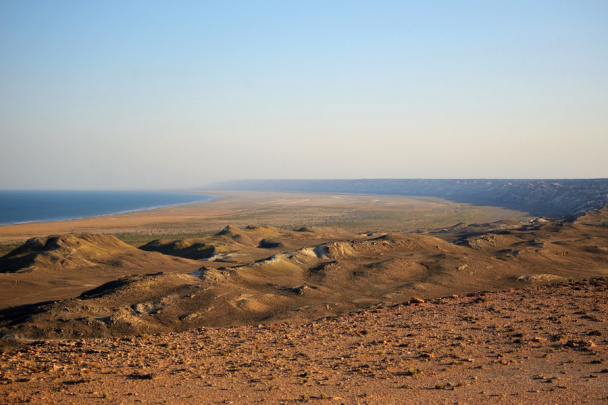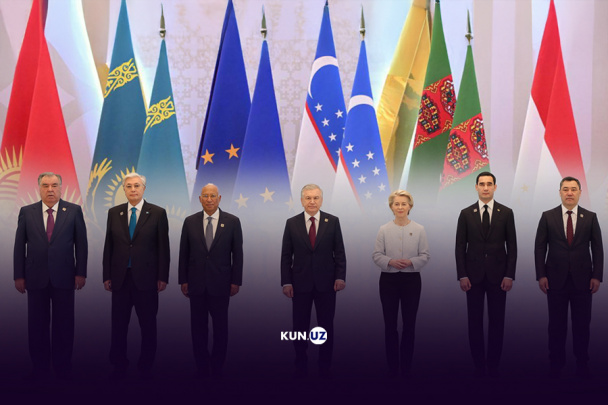Melting of Uzbekistan’s largest glacier raises alarming water shortage concerns
The largest glacier in the Tashkent region has shrunk by 20 meters in a year, with its "ice tongue" retreating by three meters. Is this reduction a serious threat, and what will happen if it continues? Why do we need this glacier in the first place? Expedition organizer Abror Gafurov answered these questions.

In August 2024, it was reported that the "Pakhtakor" glacier in the Piskent district of the Tashkent region had shrunk by 20 meters. This was discovered by participants of the "Clean Water" expedition organized by the German Ministry of Science and Higher Education and the Uzbek Ministry of Innovative Development. Expedition member Abror Gafurov spoke to Kun.uz about the research process and the significance of the glacier.
Glaciers Have Not Been Studied Since Independence
At the top of the Piskent mountains, glaciers reach up to 4000 meters. Among them, the largest is the Pakhtakor glacier. We started monitoring it in 2023. Using special equipment from our organization, we determined the glacier’s location and found that it had retreated by 20 meters. Investigations showed that at least three meters of the glacier melted over the summer, which is a significant figure. It is worth noting that the Pakhtakor glacier was studied by Russian scientists during the Soviet era. However, after independence, glaciers were almost no longer researched. Monitoring of this glacier was initiated within the framework of the German "Green Central Asia" program, funded by the German Ministry of Science and Higher Education and Uzbekistan's Innovation Agency as part of the "Clean Water" project.
Glaciers Contain Large Reserves of Fresh Water
Scientific studies of glaciers help us understand the amount of water reserves in Uzbekistan’s glaciers. These glaciers hold substantial water reserves and provide water to areas in need as they melt in the summer. Glaciers replenish themselves every year, with snow falling on the peaks during winter and remaining frozen through the summer. However, year after year, due to decreasing snowfall, the process of glacier regeneration is being disrupted.
Consequences of Glacier Melting
People often say, "If glaciers are melting, why are our rivers still full?" Yes, the rivers are full now, but this rapid melting will inevitably lead to future water shortages. As a result, water resources may decrease significantly during the summer months.
Another danger lies in glacial lakes, which form as glaciers retreat. These lakes do not have natural dams and are difficult to monitor. As a result, the risk of floods in mountainous areas increases. In 1999, a flood in Shohimardon caused many fatalities. Unfortunately, this process is occurring throughout Central Asia, and it is impossible to stop.
Can Glacier Melting Be Stopped?
Unfortunately, we cannot stop the melting of glaciers, and this process is accelerating rapidly. From 1979 to 2010, glaciers in the Naryn River basin melted by up to 30%. This is a significant figure. By 2050, water levels may drastically decrease. Experts worldwide predict a future of severe water shortages. This is why the Uzbek government is paying close attention to this issue. To slow down the process, we must be more mindful of the climate and the environment. If we reduce waste production, we can prevent the sharp rise in air temperature. Additionally, after independence, the focus on science in Uzbekistan decreased, and there has been a decline in the training of specialists in this field. It is essential to increase efforts to engage young people in this area.
Related News

20:34 / 26.05.2025
Tashkent region to raise water and sewage tariffs from July 1

12:46 / 26.04.2025
Uzbekistan and Kyrgyzstan reach agreement on joint use of Chashma spring

15:21 / 19.04.2025
New research links Aral Sea bed uplift to massive water loss

19:10 / 09.04.2025



